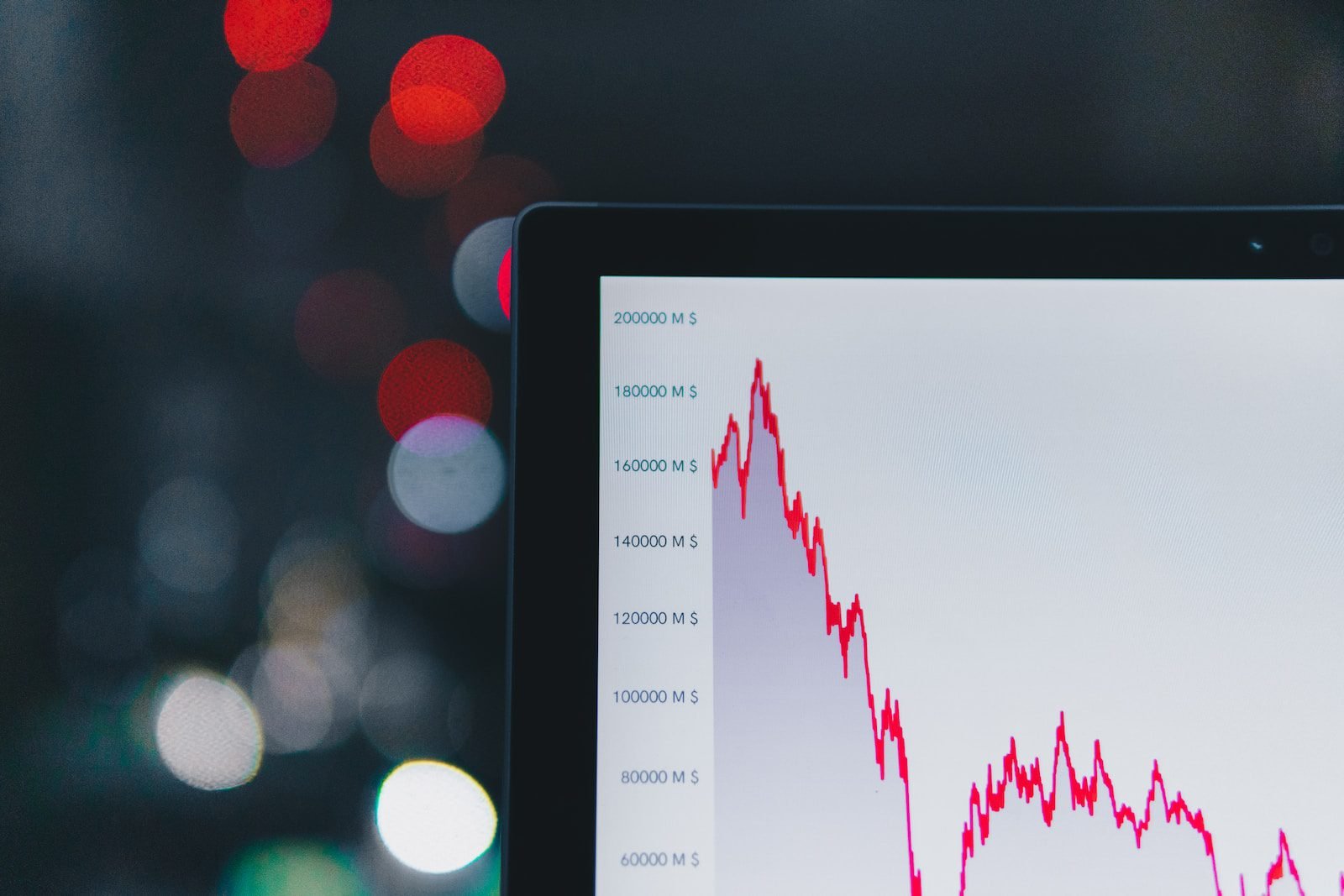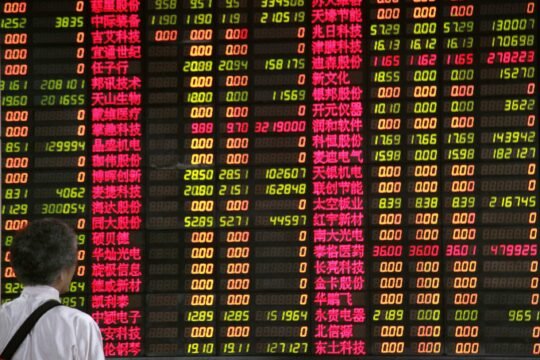Welcome to our daily pre-market update, where we comprehensively analyze the Indian rupee’s performance in the currency markets. In this article, we will delve into the previous day’s trading session, examining the critical movements of the rupee against major currencies such as the US dollar (USD), British pound (GBP), Euro (EUR), and Japanese yen (JPY). Additionally, we will offer insights into what we can expect from the rupee in today’s trading session.
Date- July 14, 2023
Place- New Delhi, India
USDINR
The US Dollar Index is currently on a decline, approaching its lowest point in 16 months, as traders anticipate a single interest rate hike from the US Federal Reserve. Recent data on the US producer price index for June indicates a rise of 0.1% year on year, which is lower than expected. Similarly, the core producer price index, which excludes volatile food and energy prices, also increased by 0.1%, falling short of expectations. These figures suggest that inflation in the US is expected to slow down, with some estimates projecting it to reach around 1% on the consumer price index by the end of the year.
As inflation cools down rapidly, there will be increasing pressure on the Federal Reserve to adopt a more accommodative stance. However, the Fed may argue that the tight labor market justifies maintaining its current position and refraining from lowering interest rates. Recent data shows that initial claims for unemployment benefits in the US decreased by 12,000 to 237,000 for the week ending July 8, indicating a tight labor market. This situation could lead to elevated wage growth, thereby sustaining underlying inflationary pressures. Nonetheless, it is likely that the Fed will take a pause after the July rate hike in order to assess the delayed impact of the 500-basis-point policy rate increase implemented in March of last year, which was one of the quickest hikes in history.
Given the Fed’s pause, there is a potential for further downside in the US Dollar Index over the medium term, despite appearing oversold in the short term. Interestingly, the USDINR exchange rate has not followed the trend of the US Dollar Index and has remained relatively stable within a contracting range for the past 10 months. However, historical trends suggest that USDINR may align with its counterparts as the Reserve Bank of India allows the currency to appreciate. Therefore, traders should exercise caution in case USDINR drops below the 81.60 level, which would indicate a significant breakdown and open the possibility of reaching levels around 80.00. Nevertheless, as long as 81.60 holds, we can expect a rangebound market. Several support zones exist between 81.60 and 81.90 on the spot, while resistance is near 82.10 and 82.30. The bias remains downward.
GBPINR
The UK economy is reported to have contracted by only 0.1% in May compared to April, exceeding the consensus predictions in a positive manner. Initial expectations suggested a contraction of 0.3% due to a bank holiday. Therefore, this smaller contraction implies that the underlying momentum in the UK economy was stronger than initially estimated. Based on this steady underlying growth, traders anticipate that the Bank of England (BOE) will proceed with a 50-basis-point increase in interest rates in August.
The expectation of a higher interest rate is causing the GBPUSD and GBPINR exchange rates to maintain a bullish stance. For intraday trading, it is recommended that traders view GBPINR as a buying opportunity during declines while implementing appropriate stop-loss measures to exercise caution. Support is expected to be present around 107.50 and 107.35 levels, while resistance is anticipated around 108.10 and 108.30 levels.
EURINR
The EURUSD exchange rate is currently at its highest level since February 2022, while EURINR is approaching its all-time high near 92.33 on the spot market. This significant rise is mainly due to USDINR being only 1.50% away from its own all-time highs. The value of EURINR is influenced by two key currency pairs: EURUSD and USDINR. The upward trend continues, so it is advisable to consider buying on any price declines throughout the day. The significant upward momentum presents attractive opportunities for intra-day trading.
JPYINR
With USDJPY declining more rapidly than USDINR, JPYINR has experienced a notable ascent. If USDJPY can reach the 135.40/50 level and USDINR manages to hold above 81.60 on the spot market, this could push JPYINR towards the 60.10/20 levels on July futures. Support is expected near 59.60 and 59.35 levels, while resistance is anticipated around 60.20 and 60.30 levels.
Points to Consider Today
U.S. stock indexes concluded Thursday with a fourth consecutive day of gains, as the S&P 500 reached above 4,500 for the first time since April 2022. The surge was primarily driven by technology stocks, following data that revealed a further decline in June producer-price inflation. This bolsters the possibility that the Federal Reserve is nearing the conclusion of its interest-rate hike campaign.
According to a report from the Bureau of Labor Statistics, the producer-price index (PPI) only rose by a modest 0.1% in June, falling short of economists expectations of a 0.2% increase. Additionally, borrowing costs decreased, with the benchmark 10-year Treasury yield dropping to 3.759%, the lowest level since June 28.
The ICE U.S. Dollar Index, which measures the value of the currency against major rivals, also experienced a decline, reaching its lowest level in over a year on Thursday. This further supported the rally in the stock market.
Oil prices settled at their highest levels since late April, driven by output cuts by major producers, a weaker U.S. dollar, and expectations of record global oil demand this year.
Amazon.com Inc. reached a 10-month high following its report of record sales during its Prime Day sale.
India’s domestic air traffic in June increased by 18.8% compared to the same month last year. Domestic airlines carried 1.24 crore passengers in June. However, domestic air traffic in June declined by 5.5% compared to May.
China’s exports experienced the sharpest decline since the onset of the COVID-19 pandemic three years ago, as the weakening global economy puts pressure on Chinese policymakers to implement fresh stimulus measures. Outbound shipments from the world’s second-largest economy fell by a worse-than-expected 12.4% year-on-year in June, following a 7.5% drop in May.
Asian stocks appear set to achieve their best weekly gains since January, driven by a rebound in Chinese shares and expectations that the Federal Reserve is nearing its peak in interest rates.
The Nifty index closed on July 13 at 19,414, gaining only 29 points. The Nifty has continued to fluctuate within the range of 19,300 to 19,500, and a breakout above or below this range on a closing basis is needed to confirm the trend in that direction.
Disclaimer
CurrencyVeda provides information purely for educational purposes. We are not financial advisors or brokers. The content we provide should not be taken as financial advice or a recommendation to buy or sell any sort of investment or security. Always perform your own due diligence and consult with a licensed professional before making any investment decision.





